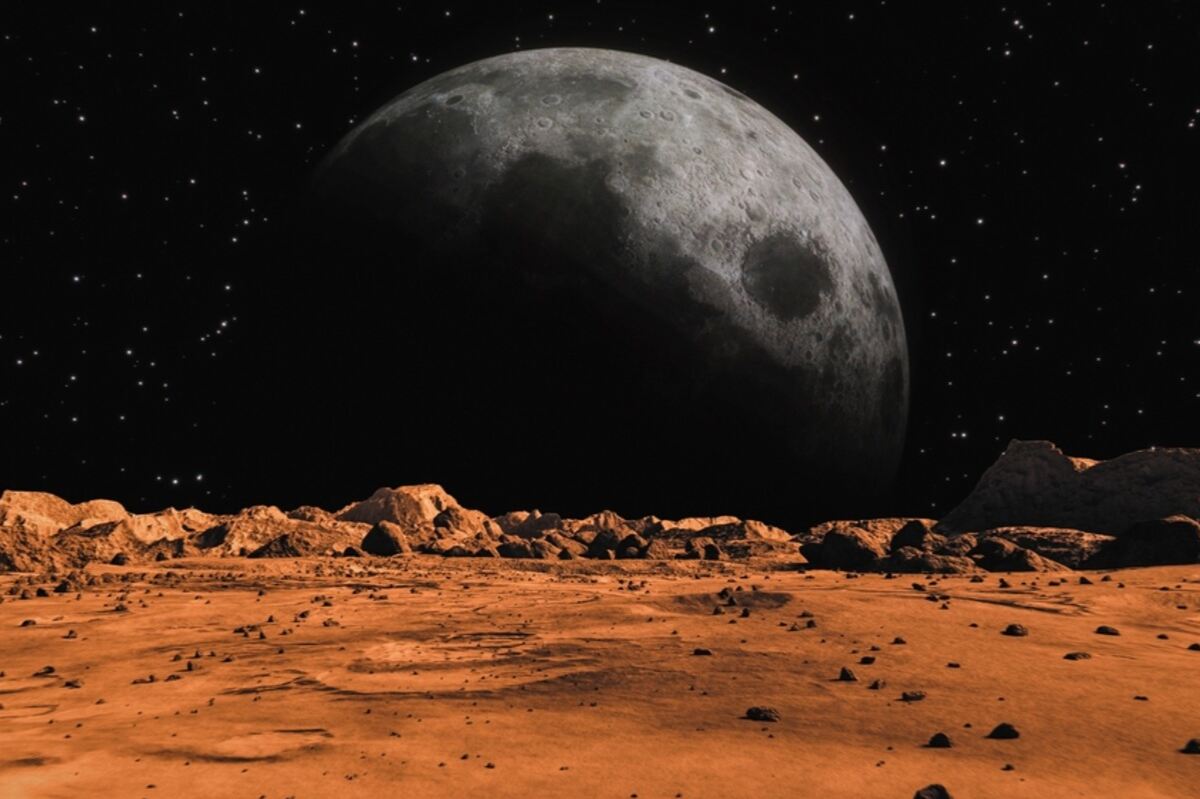The Chinese Mars rover Zhurong’s data examination has revealed new findings about Mars’s ancient conditions which indicate sea coastlines together with massive water features. A scientific research team from different nations used data obtained by Zhurong after its landing in Utopia Planitia during May 2021. This rover conducted a main examination of the Martian surface to detect past water signatures while using improved radar equipment to examine geological terrain. The scientists analyzed sedimentary rocks with an organized layer pattern which matches Earth beach formations. The sedimentary formations have a distinct sloping arrangement because they developed during periods when waves shaped the dynamic environment. These characteristics demonstrate that significant water-based bodies once existed on the Martian surface which supports the theory about ancient Martian ocean activity within the northern plains region.
Geological analysis
The researchers performed an extensive review of all geological information gathered by Zhurong. Ground-penetrating radar attached to the rover delivered exclusive information about subsurface geological structures which scientists utilized to identify multiple sedimentary structures. These geological formations included characteristics which demonstrate wave activity thus indicating that the red planet underwent dynamical air and water interactions in its past.
Benjamin Cardenas, assistant professor of Geology at U.S. university Penn State, affirmed the importance of the discovery by stating “We’re finding locations on Mars where ancient river deltas and ancient beaches used to exist”. The identification of liquid water supporting conditions on Mars is essential because scientists need liquid water to search for ancient life on the planet.

Read more | UAE space exploration soars to new heights: Mars and beyond
Wind and wave activity
The data from Zhurong spacecraft confirmed the existence of wind patterns through which scientists gained additional support for past Martian environmental activities. Such evidence indicates Mars experienced an atmospheric environment permitting sedimentary conditions comparable to Earthly processes involving wind and water activity. This active relationship between wind and water elements helps scientists understand how Mars formed its geological features as well as its historical surface developments.

Technological advancements in Mars exploration
Such technological innovations enabled the Zhurong rover to achieve scientific breakthroughs by finding these geological findings. The ground-penetrating radar system aboard Zhurong enables scientists to obtain precise subsurface images which reveal the geological forces that shaped Mars. Scientists under Michael Manga from the University of California, Berkeley now conduct geological studies on Mars which were impossible before thanks to Zhurong’s capabilities according to Manga.








